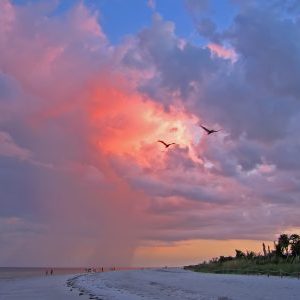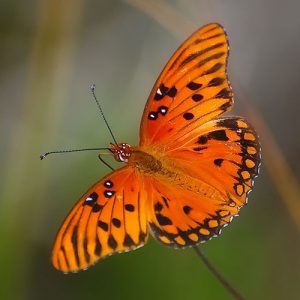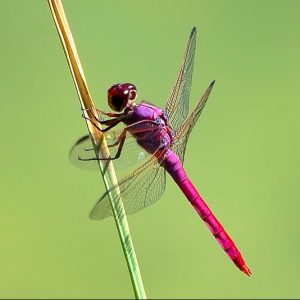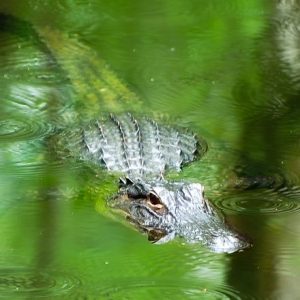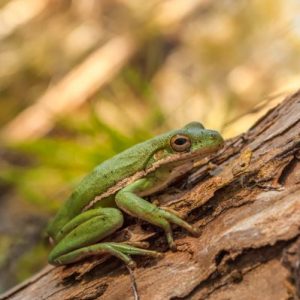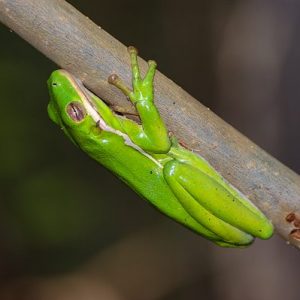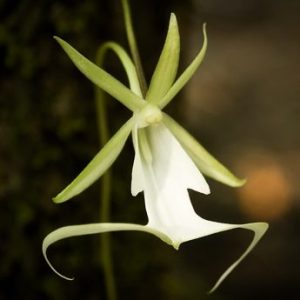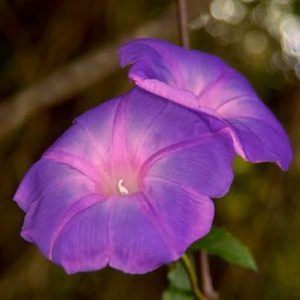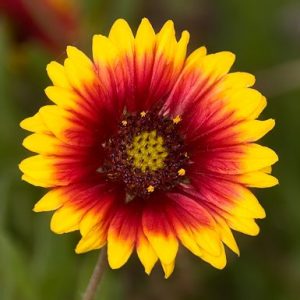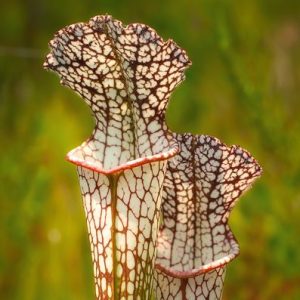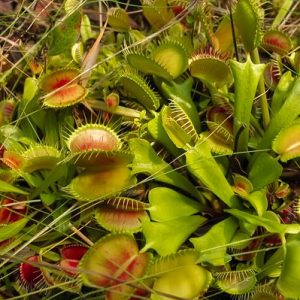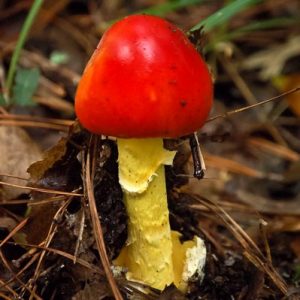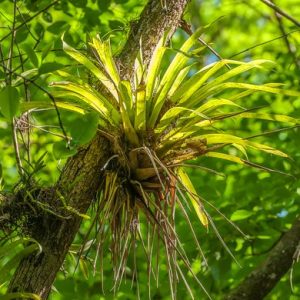Wildflowers by Family E-N
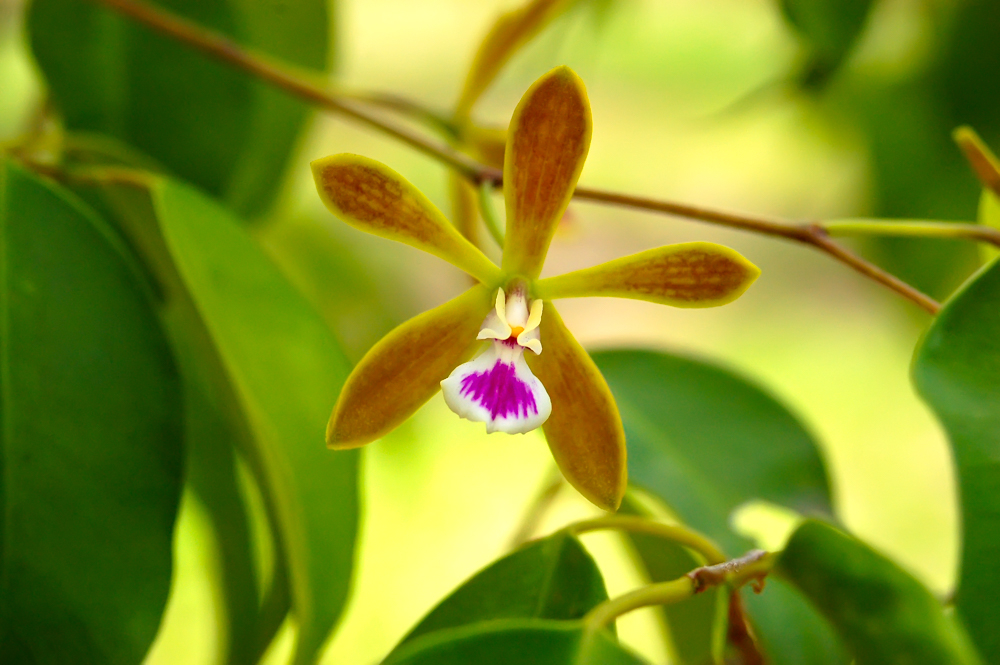
Epidendreae
Epidendrums are the classics of our native wild orchids. Mostly limited to Florida, the Caribbean, and Mexico, they becoming increasingly more common south into the tropics, these highly variable epiphytic orchids grow harmlessly upon another plant getting water and nutrients through specialized roots that anchor it to the host plant or tree. These orchids can be very unusual in shape, color, but most prefer a damp and hot climate – usually near wetlands or in places with a lot of precipitation.
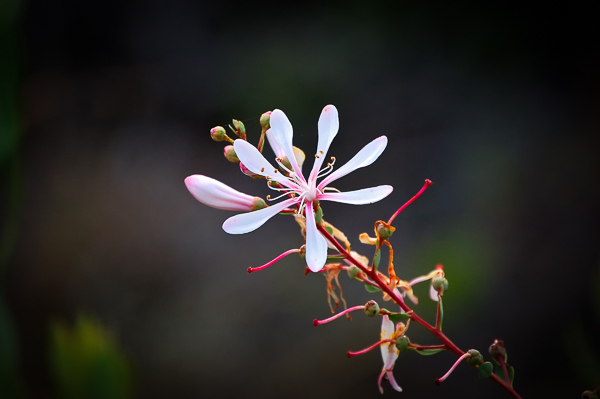
Ericaceae (Heather and Rhododendrons)
Typically found growing in more acidic soils where other plants can’t compete, members of the heather (or heath) family include some very important species both commercial and horticultural: blueberries, cranberries, huckleberries, rhododendrons and azaleas.
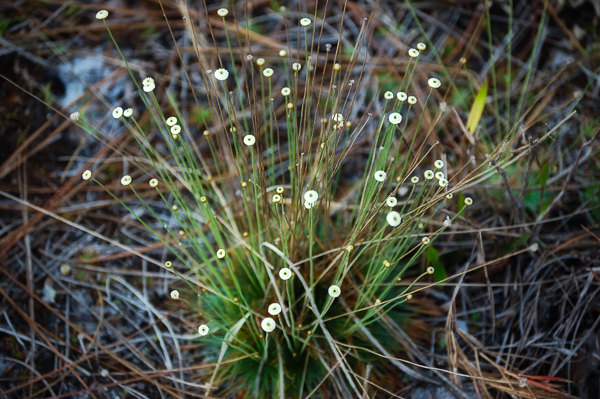
Eriocaulaceae (Pipeworts)
This mostly tropical family of plants are typically found growing places where the soil is wet for extended periods of time and are easily recognized by having grass-like, tapering leaves with almost spherical or disc-like clusters of many tiny flowers atop tall stems.
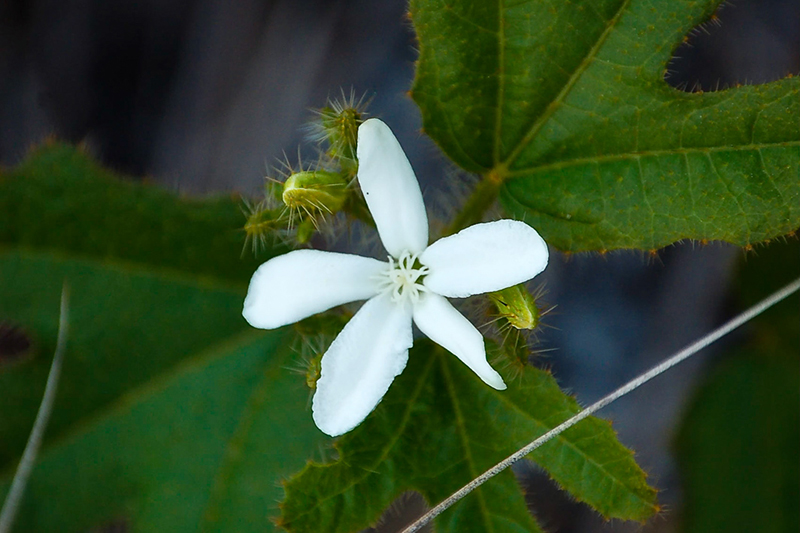
Euphorbiaceae (Spurge Family)
The spurge family is rather difficult to explain. They can be trees, shrubs, climbers or herbs. If you break one open, it could have a very milky, sticky latex, or not. And because they are often confused with cacti (which they are not related), they can have spines, or not. To make it even more confusing, they can come from wildly variable environments.
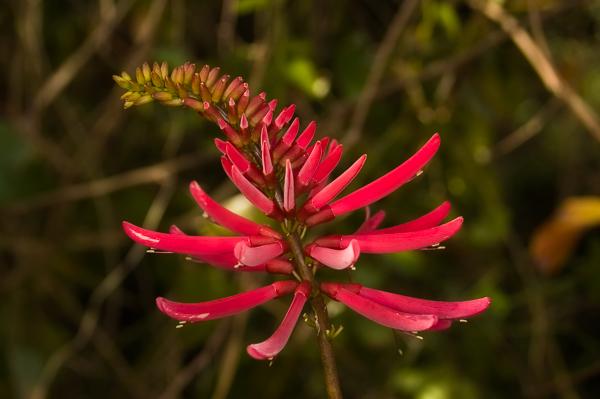
Fabaceae (Peas and Legumes)
The third largest plant family after asters and orchids, Fabaceae is the commercially and important family that gives us our beans, peas, peanuts, chickpeas, alfalfa, carob and soybeans. Non-edible members include lupines, clover and even palo verde!
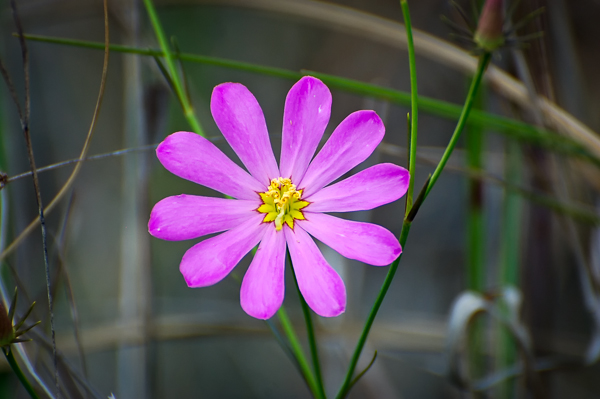
Gentianaceae (Gentians)
Gentians are a very beautiful group of wildflowers with a very unique characteristic. If you taste the leaves and taste a sharp, sudden bitterness, it will cause your digestive system to start releasing fluids which will actually aid in digestion. Gentians inhabit many different habitats from hot, sub-tropical environments like the Florida Everglades to the top of alpine mountains as high as the treeline where it becomes too cold for trees to exist.
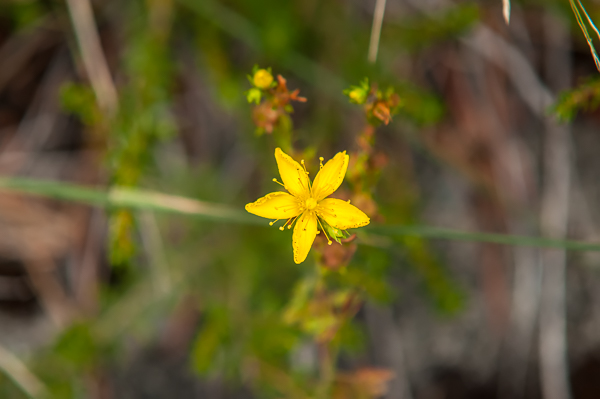
Hypericaceae (St. John's Wort Family)
Collectively known as the St. John’s wort family, these annual or perennial group of species have clusters of delightful bright yellow flowers are best known around the world for their use as a natural antidepressant. Tiny black spots on the leaves contain the active ingredient.
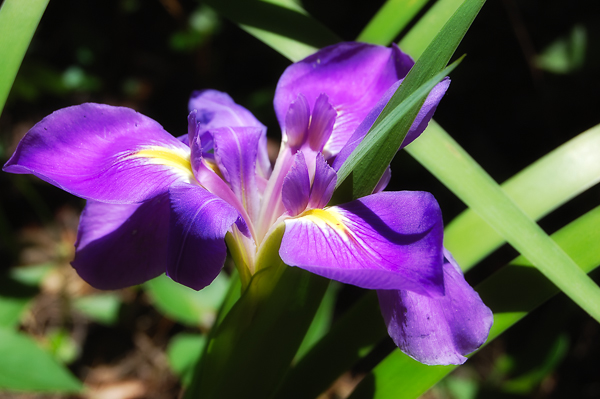
Iridaceae (Irises)
Named after the Greek goddess, Iris, the iris and gladiolus family is immensely important commercially. Related to lilies and growing from bulbs, corms or rhizome, these perennials grow grass-like foliage and when it is time to bloom, they flower with large, brightly colored, magnificent blooms. Luckily for us, North America has many native species found spread across the continent.
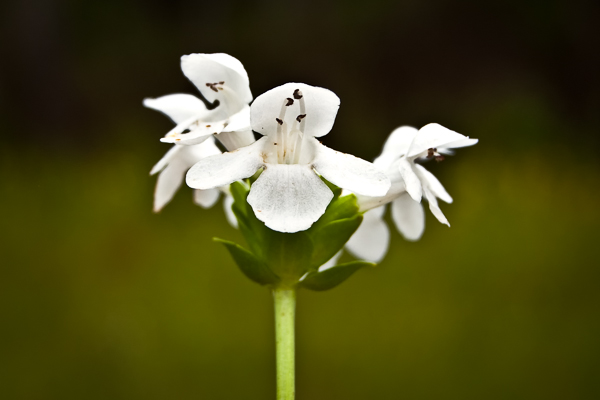
Lamiaceae (Mints)
Perhaps the most important culinary family of plants, no cuisine around the world would be the same without it. Members of this worldwide group include mint, lavender, basil, thyme, oregano, marjoram, sage, hyssop and savory. Many species that are not used in food are important medicinally by tribes and cultures around the world.
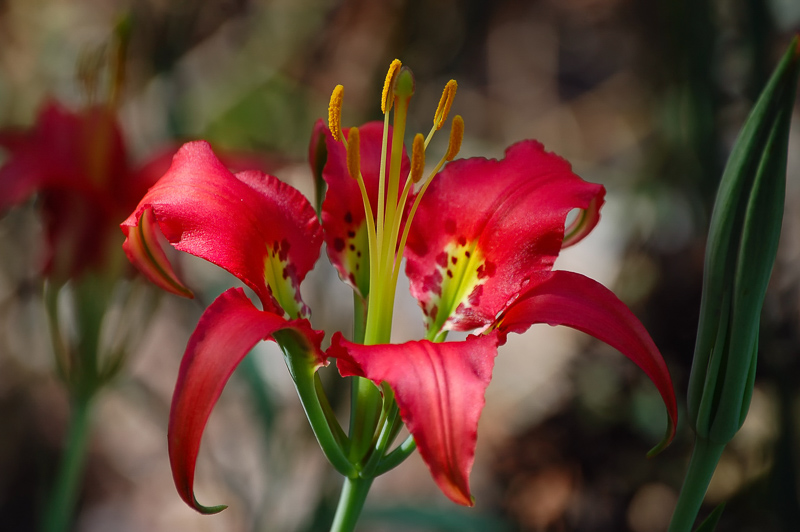
Liliaceae (Lilies)
A favorite of any nature lover, wildflower enthusiast, hiker, and casual observer, lilies have around 705 different species around the world, and have a fossil record dating back roughly 52 million years! They are very easy to recognize in the wild because they come in threes: three petals, three sepals, and have three-chambered capsular fruits when the flower is fertilized and the sepals and petals fall off. Color range goes from expertly camouflaged greens and browns to the brightest colors imaginable.
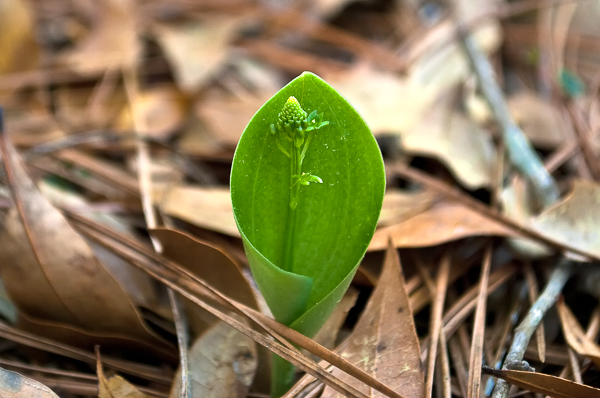
Malaxideae
The Malaxideae tribe of orchids may not be the most flashy, but they have some of the smallest flowers of all of the world’s native orchids. With roughly 300 species worldwide, less than a dozen are found in the United States and Canada.
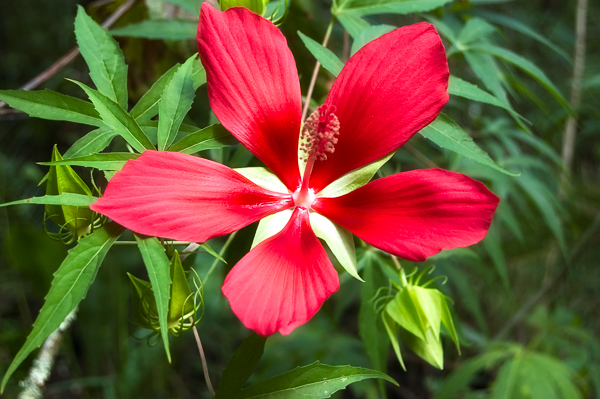
Malvaceae (Mallows)
Commonly referred to as the mallow or hibiscus family, Malvaceae includes over four thousand species around the world including such commercially important crops as cotton, cacao, okra and durian, and the ornamental/landscape hibiscus favored in so many yards and gardens.
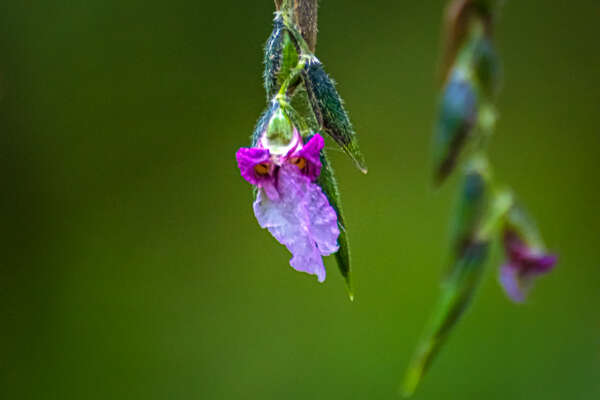
Marantaceae (Prayer-Plant Family)
Known as the prayer-plant or arrowroot family, plants in the Marantaceae family live in hot wet habitats, either in wet soil or actually in standing water with their leaves in high stalks above the surface. The most common species we see in Florida is the alligator flag.
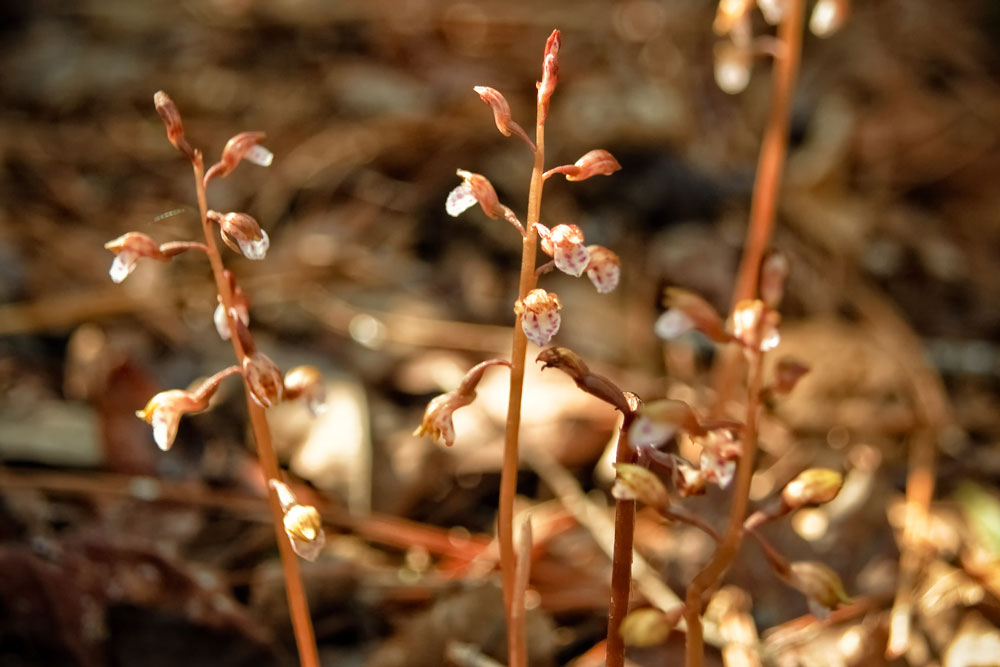
Maxillarieae
In North America, the most frequently encountered terrestrial orchids of the Maxillarieae tribe are known as the coralroots, yet in Florida, they tend to be quite rare and hard to spot. These have very pretty, showy small colorful orchids love shady forests, and because they often grow in the deep shade, they feed on other plants in a semi-parasitic manner instead of relying on sunlight. These are called myco-heterotrophs, and behave much more like mushrooms than plants. In the extreme southern parts of Florida in the Fakahatchee Strand there are at least two epiphytic species in the Maxillaria genus and are found growing in trees.
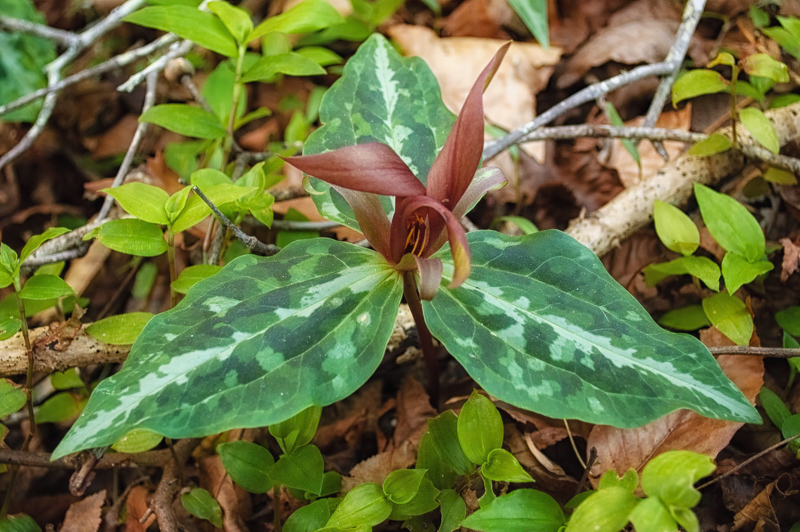
Melanthiaceae (Trillium and Death Camas Family)
Another recent breakaway from the lily family, the bunchflower botanical family includes some of the most dangerous, and beloved plants and wildflowers encountered by avid hikers and naturalists. While death camas have caused innumerable deaths over the years from eating wrongly identified true camas bulbs, there is no one alive who doesn’t love to find a wild trillium in bloom on the forest floor.
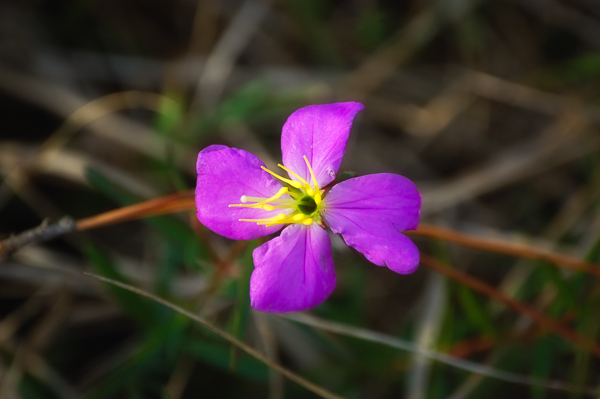
Melastomataceae (Meadow Beauties)
Known as the meadow beauties for good reason, these beautiful wetland-loving, tropical and subtropical wildflowers are often seen in bogs, along swamp edges and in pinelands that experience extended seasonal flooding.
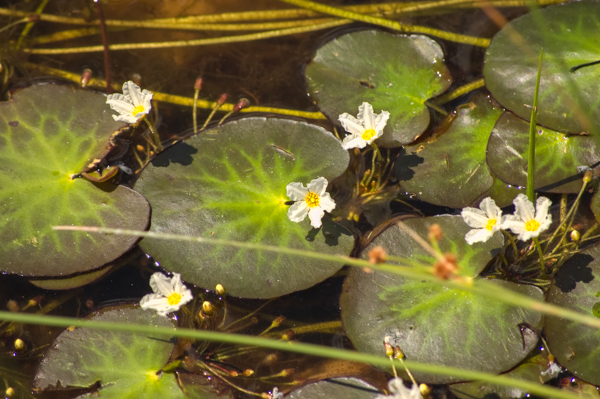
Menyanthaceae (Buckbean Family)
These native aquatic plants often have small yet beautiful small flowers that many find attractive enough to use to enhance ornamental water gardens and ponds. Because of this, some of the non-native species have been spread throughout North America and have become naturalized.
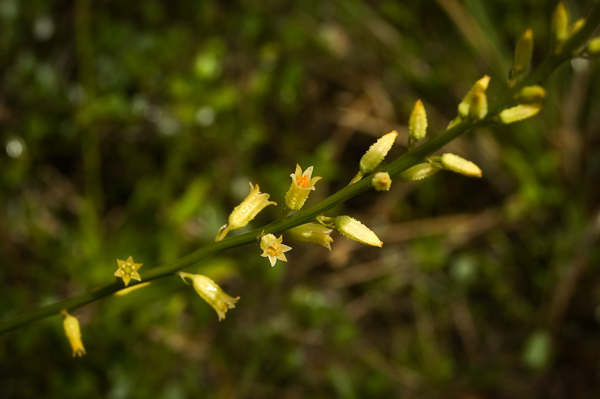
Nartheciaceae (Colicroots)
These unusual perennials are known for having tall, woody and leafless stems with stiff, firm and whorled tubular flowers. Formerly associated with the lily family, they have since been moved into their own botanical group.
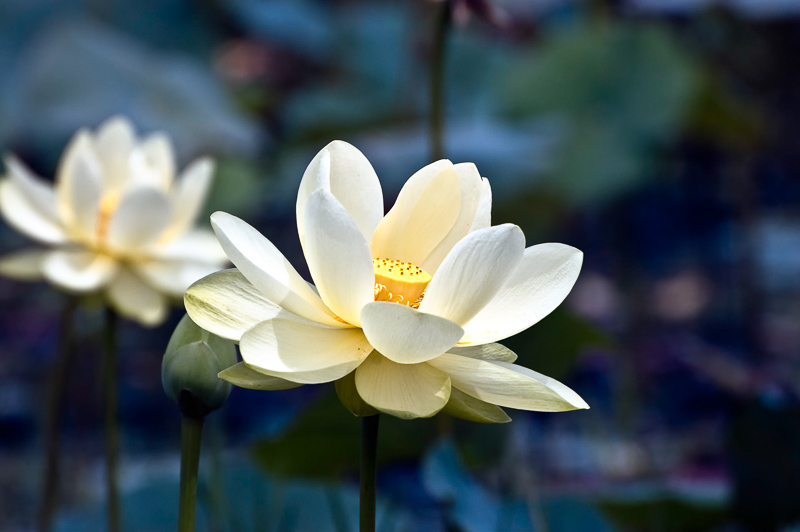
Nelumbonaceae (Lotus Family)
The lotus family is an aquatic plant group that contains one genus and only two species (only one is native to North America). While often mistaken for waterlilies, they are not closely related.
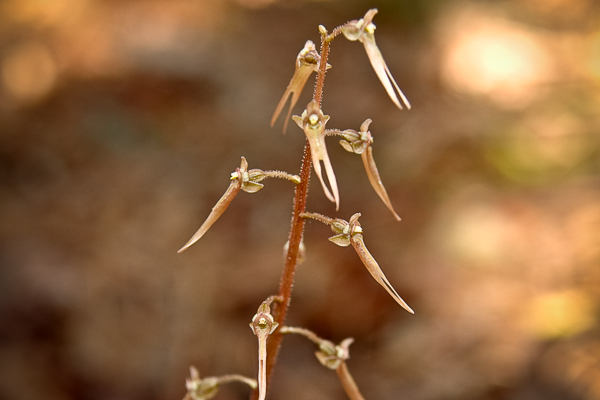
Neottieae
Members of the terrestrial Neottieae tribe of America’s native wild orchids are usually encountered in undisturbed forests and tend to be very small and blend in with the forest floor with tiny green and brown flowers. In Florida, we only have one species: the southern twayblade orchid.
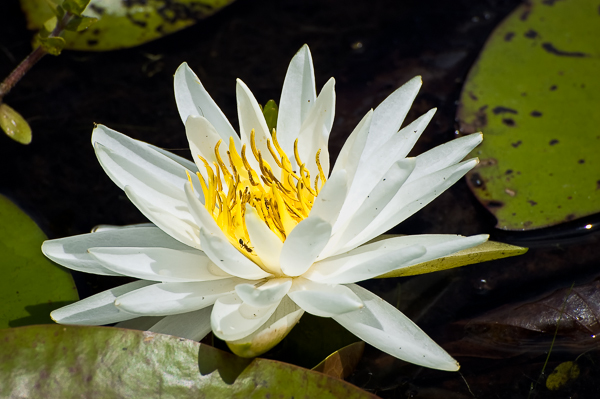
Nymphaeaceae (Waterlilies)
No pond would be complete without lilypads, and you can’t have those without waterlilies. As you guessed it, these aquatic plants grow from rhizomes in the mud under ponds, and shoot up stems with floating leaves and incredibly beautiful flowers. Not related to true lilies, they are found in slow-moving to still waters in temperate to tropical climates around the world

